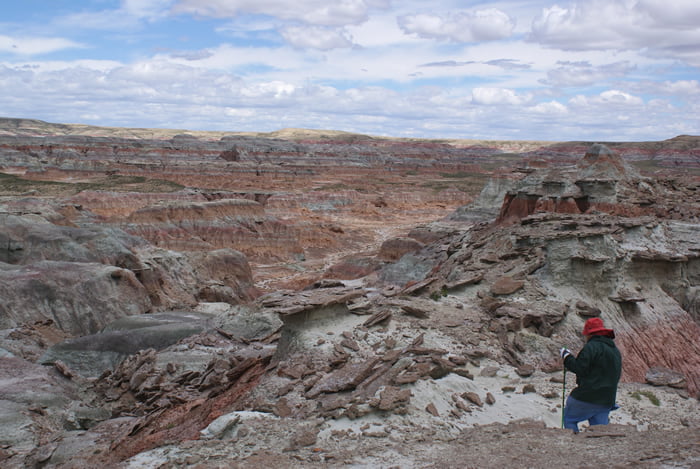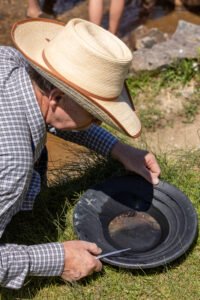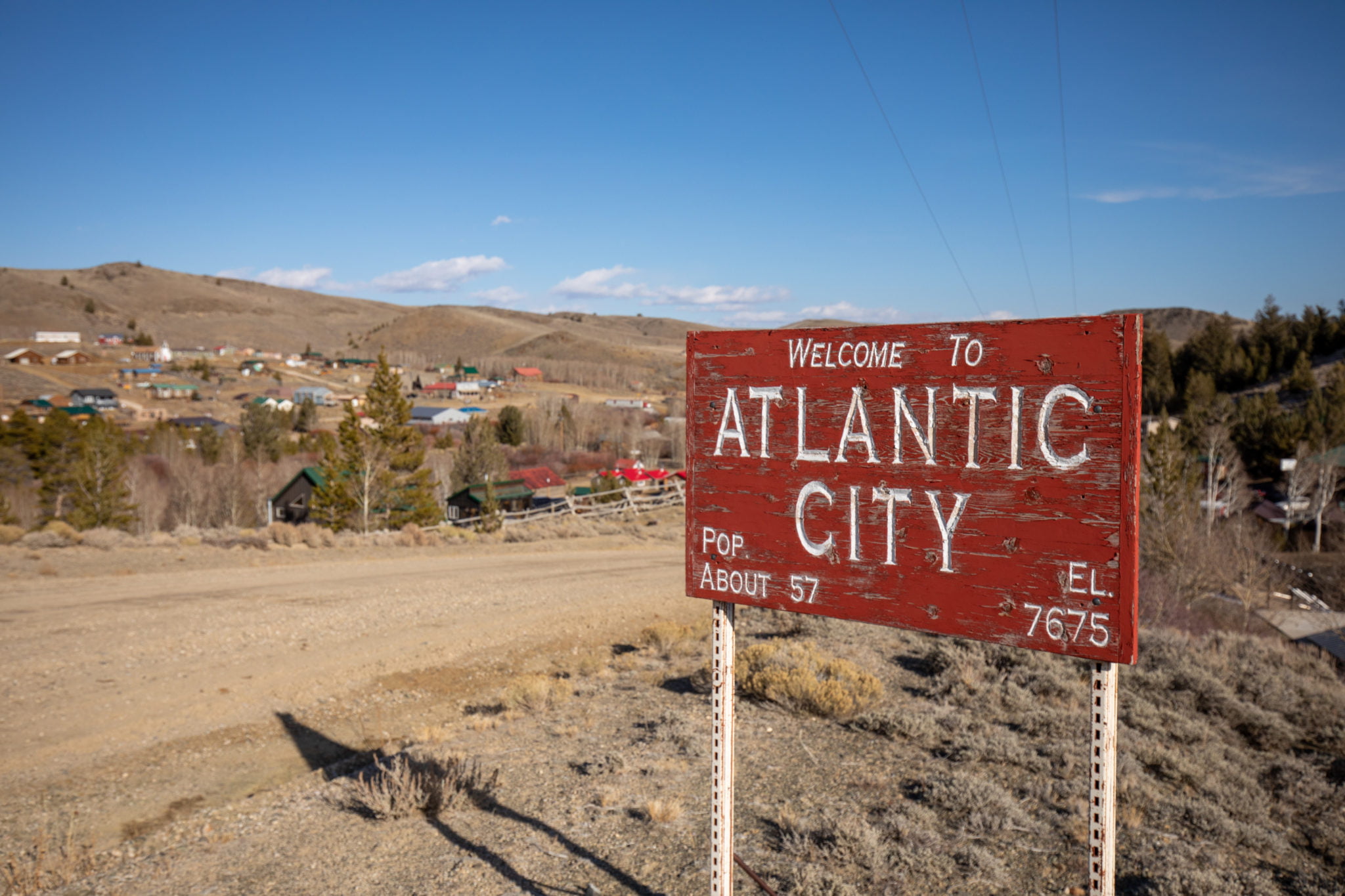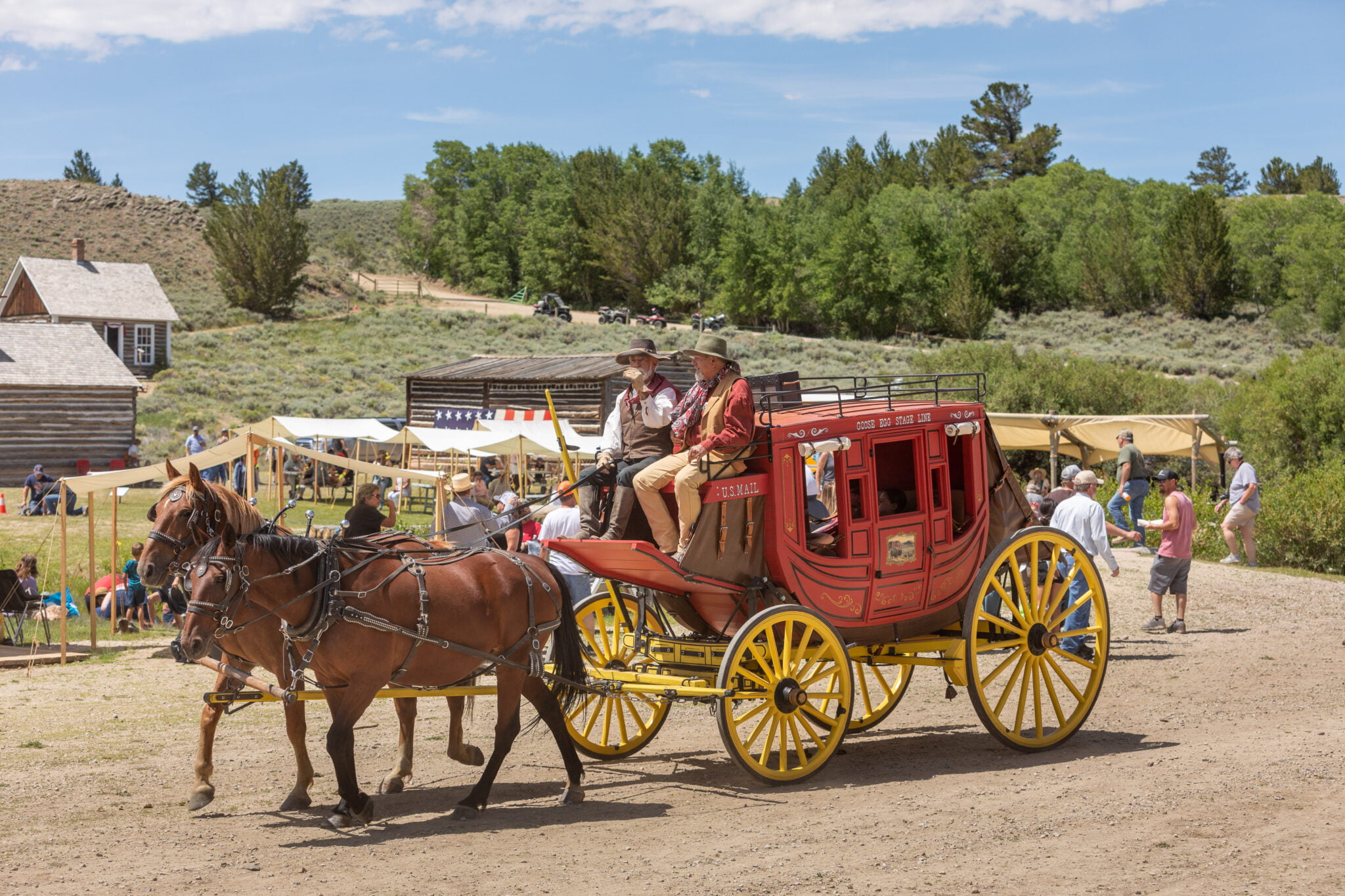May 9, 2018
A family’s getaway to Wyoming’s Wind River Country enriches their lives
By Katie Jackson
“Dad, what does déjà vu mean?” Colby asked with wide eyes. Our seven-year-old had just heard his older sister, 12-year-old Brooklyn, say she was experiencing a “crazy case of déjà vu.”
I got a C- in French back in the day, but I was able to tell him that déjà vu is that eerie feeling you get when you sense that you’ve already experienced what you’re presently doing.
Presently, our family of four was vacationing in Wyoming’s Wind River Country, the southeastern gateway to Yellowstone and Grand Teton National Parks. Although it was our first visit to the Cowboy State, what we were seeing through the windows of our SUV looked strangely similar—almost as though we had hit the rewind button. After all, instead of opting for a traditional theme park getaway, we signed up to vacation in a living time capsule. This breathtaking expanse of country looked like it hadn’t seen much development since the days of the dinosaurs. And that was a good thing!

“The map says these are the Oregon Buttes,” my wife, Nancy, added as she pointed out across the prairie at the prominent flat-topped mountains in the distance. My gaze followed her finger—I had most definitely seen those buttes before. But before I could place them, the kids simultaneously shouted, “Hey, those mountain things are in The Good Dinosaur!” They were right. We had seen this exact landscape, albeit in Disney animation, just a few months earlier in the movie theater. It turns out the filmmakers didn’t have to imagine what the earth looked like during the Mesozoic era. Here, it hadn’t changed much, if at all! It felt as though I was staring at a rugged 3-D version of the legendary Great Valley that Littlefoot and his friends were trying to find in The Land Before Time—my generation’s cinematic dinosaur saga.
It was crazy to think of the history of this place, from the time of dinosaurs to the gold rush to today. My kids were familiar with the dinos thanks to Disney, and the gold rush thanks to me. I had described the gold frenzy to my kids, and they were determined to find riches of their own. So much so that Nancy and I bought them gold pans, which they couldn’t wait to get wet in a real creek. It was great to see them so excited about the vacation ahead—Nancy and I were simply excited to be experiencing it as a family. Well, ok, deep down we were excited at the prospect of being prospectors, too—and this was the perfect place to try our luck.
Panning for gold
A few miles later, we pulled off the highway onto a gravel road toward South Pass City State Historic Site, a state park with staff who would show kids how to pan for gold. Before I could even get the key out of the ignition, my passengers had their pans in their hands, ready to go. In the 1870s, over a thousand pioneers-turned-prospectors had lived in this gold rush town and panned at this same location. These men—some with wives and children—were all afflicted with Sweetwater Fever and left everything behind back East for the chance to strike it rich in the Wind River Mountains. We panned near the original miner buildings in which they lived.
Our family may not have had their mining savvy or years of ore experience, but we shared in the intense enthusiasm—a symptom of Sweetwater Fever I suppose—that comes with being a treasure hunter.

Each time I dipped my pan into Willow Creek’s cool, clear stream a small part of me hoped to scoop up a shimmery flake—a bigger part of me said: “Don’t even dream about it.” Nancy and the kids didn’t mimic my guarded attitude. Between each swish of their pans I heard countless “oohs” and “ahhs,” as well as words of encouragement from the park’s staff: “Keep panning, guys! I can feel that you’re going to find something.”
The stirring motion and the water seemed to bring the sediment to life—and if you thought about the historic findings made here, the promise of gold was palpable. In 1868, more than $8,000 ($125,000 in today’s market) worth of gold was found at the Carissa Mine alone. And, reportedly, there were more than 1,500 sources for gold in the area.
After a few hours of panning (complete with a creek-side picnic lunch for intermission) we had a nice collection of cool stones and some fool’s gold, but no “color”—the historical name for gold. We hadn’t (yet) struck it rich in Wyoming, but we still had a couple days left to explore Wind River Country. We headed into the nearby town of Lander for a good night’s sleep.
Stepping back in time
The next morning began with a trip to the currently uninhabited town of Miner’s Delight, once home to dozens of miners and some of Fremont County’s most colorful characters—including Calamity Jane. “Where are the ghosts?” Colby wanted to know the second we arrived and no one transparent was there to welcome us. “Isn’t this place a ghost town?”
His questions were Nancy’s cue to step in and explain the historical significance of this bygone community listed in the National Register of Historic Places. Founded in 1868, it was one of the first established towns in Wyoming, and it offered a glimpse into the early days of gold mining in the West—before all the booms and busts that would come in the following decades. The kids counted the still-standing log cabins among the ruins and tried to imagine growing up in a town boasting one saloon instead of a shopping mall. Hollywood painted an exciting picture of the Wild West, but exploring where such scenes actually took place was like walking on hallowed ground.

We had lunch in Atlantic City, located between Miner’s Delight and South Pass City. Fun fact: it’s named Atlantic City because it’s on the Atlantic Ocean side of the Rocky Mountain Continental Divide. After our meal, the allure of glittering gold brought us back to panning for gold along Willow Creek. We again rinsed out our pans and swirled and sifted until Colby hollered “Eureka!” Suspecting that he had found something, he had carefully poured his water into a glass vial and held it up to the light. There, glittering in the sunshine, was a tiny, but real, gold flake. Brooklyn found one a few minutes later, and both kids were thrilled at their discoveries. As they compared flakes, the sun setting behind the distant peaks caught our attention. The Wind River Range was beyond breathtaking—we couldn’t blame Brooklyn for not being able to resist uploading this “#MountainMoment” to Instagram, complete with an extra shot of her gold flake.
I took a look at the photos and thought once again to all that had happened here—from the age of the dinosaurs to the gold rush, yes, but also over the past couple of days. The laughs our family shared and the lessons we learned.
“Well,” I said. “They say the best things in life are free. And it’s hard to argue when you see those mountains.”
“But Dad,” Colby said earnestly, “even if it did cost money, we’re richer now, remember?” I looked in the rearview mirror and saw my son holding his tiny gold flakes as though they were precious jewels.
“You’re right,” I said while winking at my wife seated in the passenger’s seat. We may not have hit pay dirt, but Wind River Country was definitely enriching our lives.

Request a free vacation packet and start planning your getaway to Wyoming’s Wind River Country.
Posted in Notes From the Field